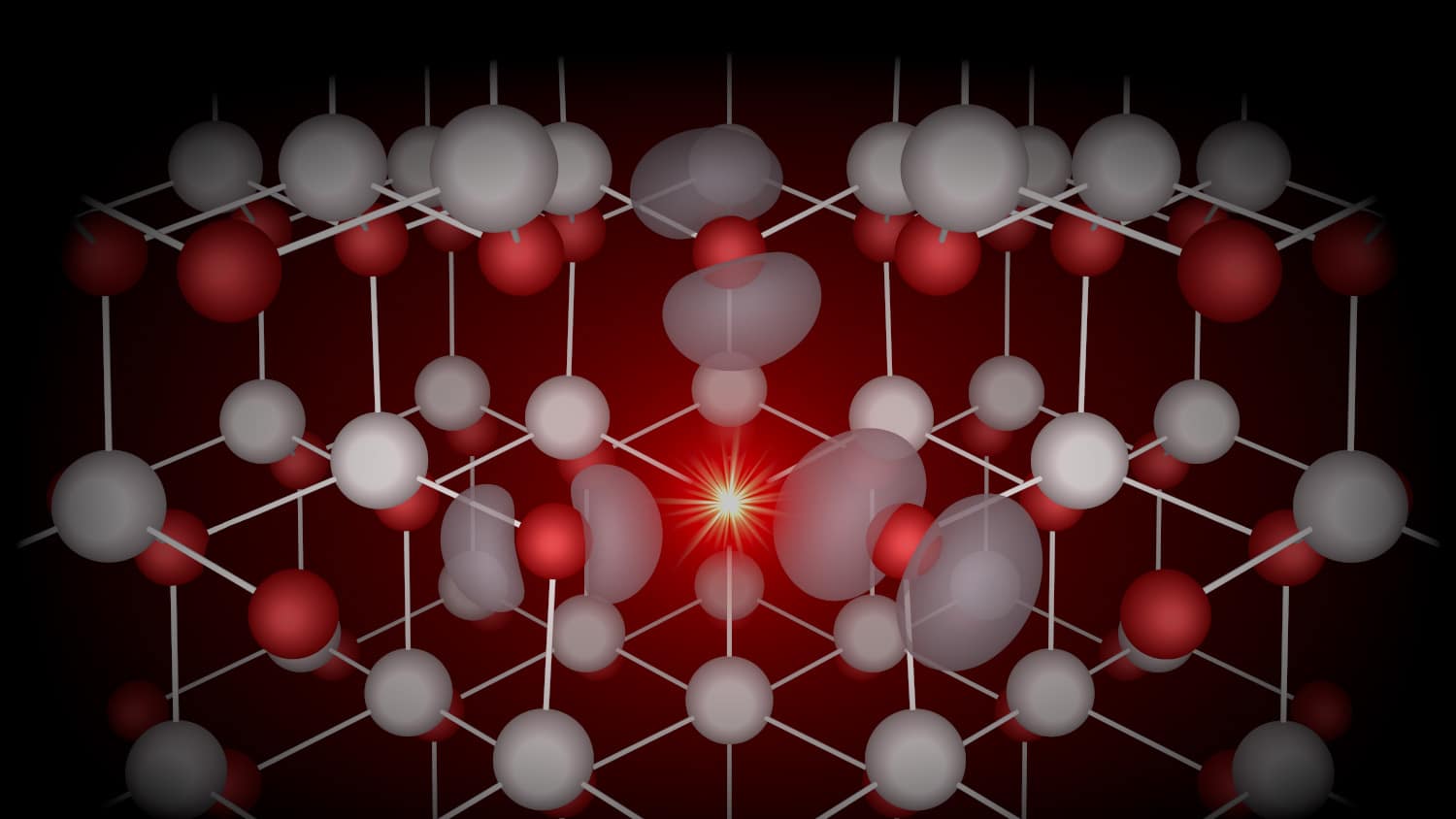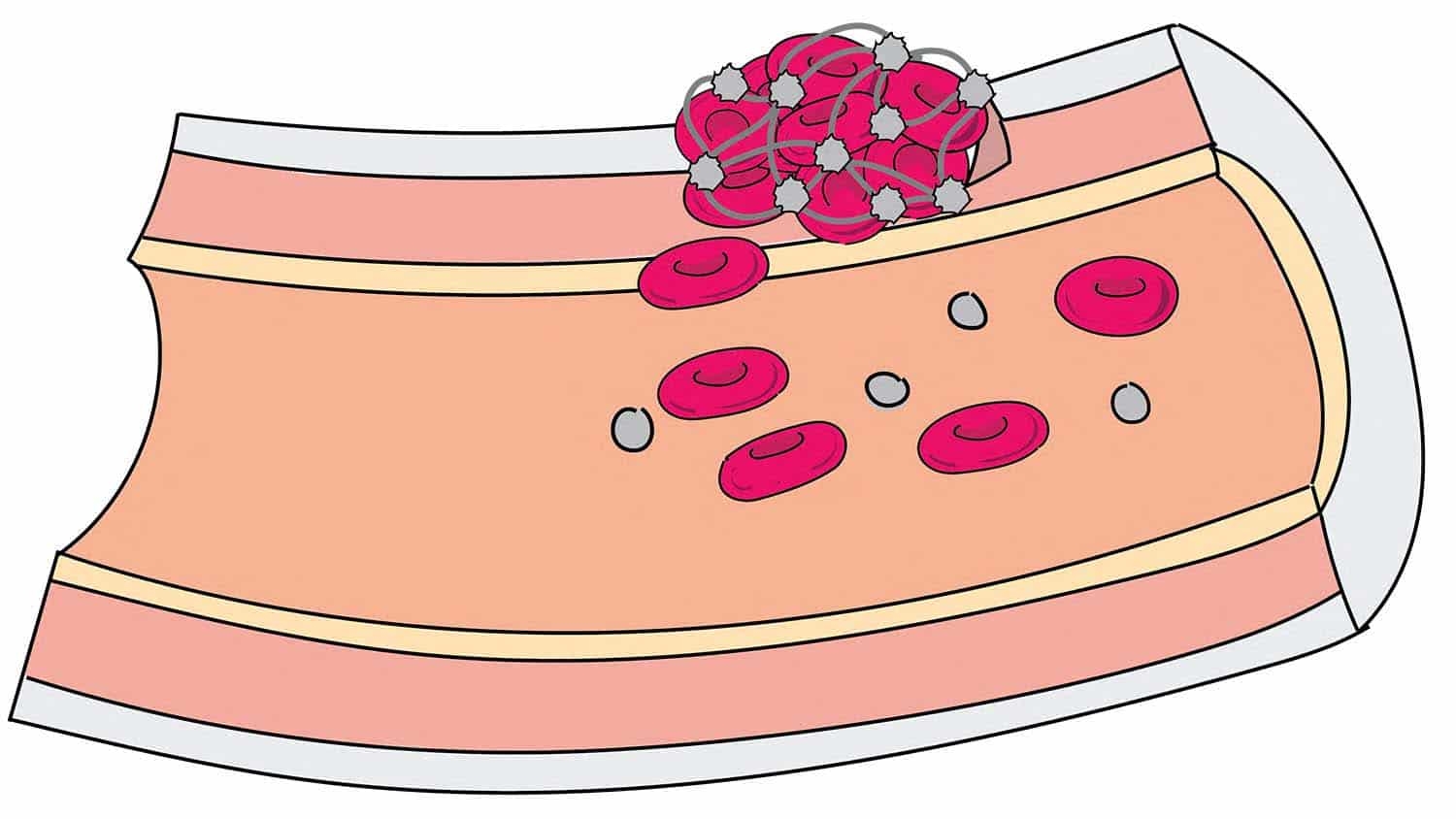Computational model could speed development of semiconductors useful in quantum applications

Researchers from North Carolina State University used computational analysis to predict how optical properties of semiconductor material zinc selenide (ZnSe) change when doped with halogen elements, and found the predictions were confirmed by experimental results. Their method could speed the process of identifying and creating materials useful in quantum applications.
Creating semiconductors with desirable properties means taking advantage of point defects – sites within a material where an atom may be missing, or where there are impurities. By manipulating these sites in the material, often by adding different elements (a process referred to as “doping”), designers can elicit different properties.
“Defects are unavoidable, even in ‘pure’ materials,” says Doug Irving, University Faculty Scholar and professor of materials science and engineering at NC State. “We want to interface with those spaces via doping to change certain properties of a material. But figuring out which elements to use in doping is time and labor intensive. If we could use a computer model to predict these outcomes it would allow material engineers to focus on elements with the best potential.”
In a proof of principle study, Irving and his team used computational analysis to predict the outcome of using halogen elements chlorine and fluorine as ZnSe dopants. They chose these elements because halogen doped ZnSe has been extensively studied but the underlying defect chemistries are not well established.
The model analyzed all possible combinations for chlorine and fluorine at defect sites and correctly predicted outcomes such as electronic and optical properties, ionization energy and light emission from the doped ZnSe.
“By looking at the electronic and optical properties of defects in a known material, we were able to establish that this approach can be used in a predictive way,” Irving says. “So we can use it to search for defects and interactions that might be interesting.”
In the case of an optical material like ZnSe, changing the way the material absorbs or emits light could allow researchers to use it in quantum applications that could operate at higher temperatures, since certain defects wouldn’t be as sensitive to elevated temperatures.
“Beyond revisiting a semiconductor like ZnSe for potential use in quantum applications, the broader implications of this work are the most exciting parts,” Irving says. “This is a foundational piece that moves us toward larger goals: using predictive technology to efficiently identify defects and the fundamental understanding of these materials that results from using this technology.”
The research appears in the Journal of Physical Chemistry Letters, and was supported by grant FA9550-21-1-0383 from the Air Force Office of Scientific Research program on Materials with Extreme Properties. Postdoctoral researcher and first author Yifeng Wu, and graduate student Kelsey Mirrielees, both from NC State, also contributed to the work.
-peake-
Note to editors: An abstract follows.
“Defect Chemistry of Halogen Dopants in ZnSe”
DOI: 10.1021/acs.jpclett.2c01976
Authors: Yifeng Wu, Kelsey J. Mirrielees, and Douglas L. Irving, North Carolina State University
Published: Sept. 1, 2022 in Journal of Physical Chemistry Letters
Abstract:
Halogen dopants in ZnSe have been the research focus for quantum applications utilizing excitonic emissions, wherein point defects play a critical role. To provide a full first principles perspective on the defect chemistries of halogen-doped ZnSe, Cl- and F-doped ZnSe were explored via hybrid functional density functional theory calculations, involving all possible isolated defects and defect-defect complexes. Cl and F both exhibit more complicated defect chemistries than just forming a shallow substitutional donor on the Se site. For Cl, the complex of Cl substituting for Se with a neighboring Zn vacancy was also found to be prevalent. For F, its interstitial in the Zn tetrahedron was found to be stable in addition to the complex of such interstitial with an adjacent F atom substituting for Se. The explicitly simulated emission photoluminescence lineshapes of the self-activated centers exhibited both a peak value and a broad linewidth consistent with the experiment.
This post was originally published in NC State News.
- Categories:


